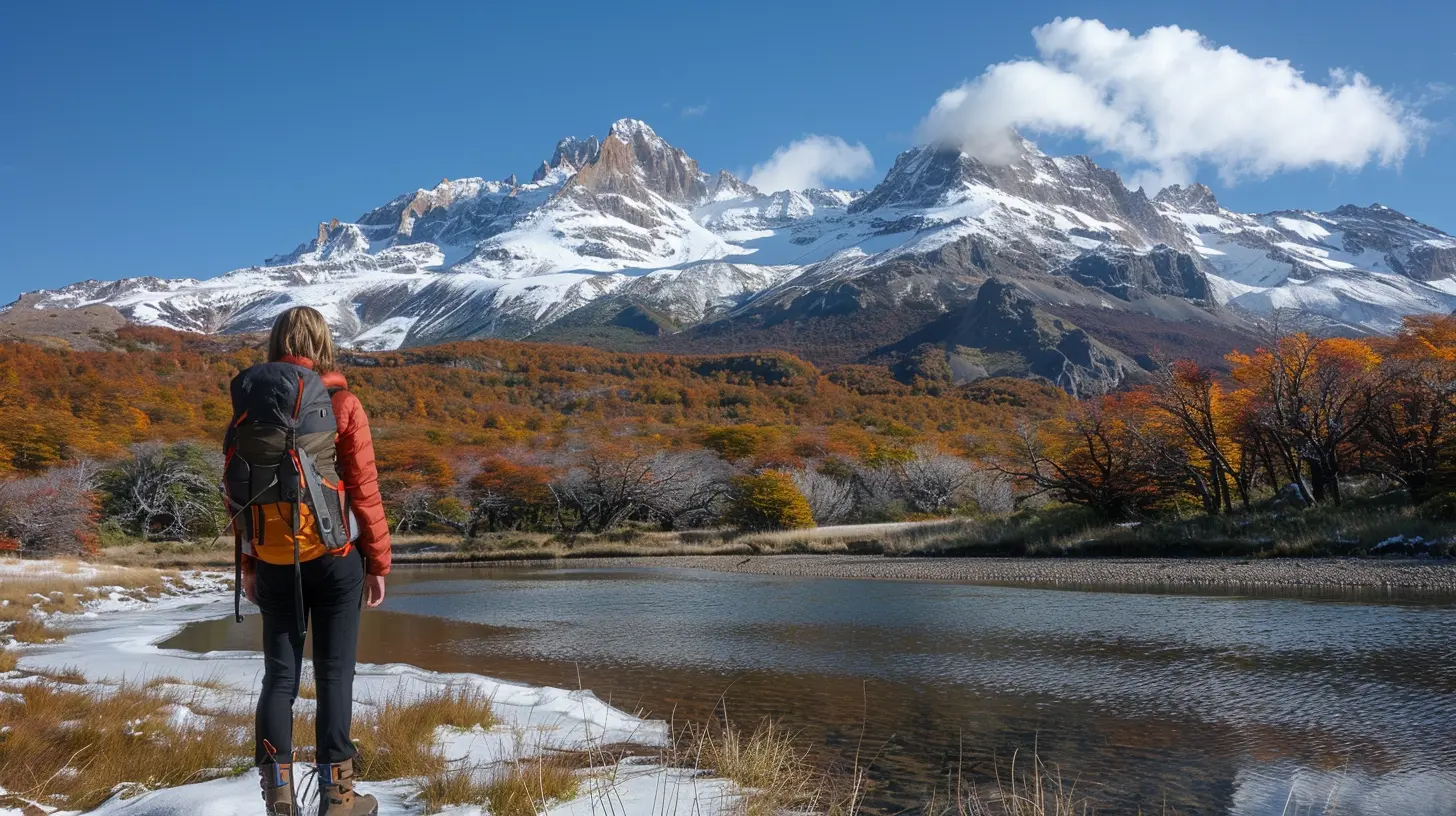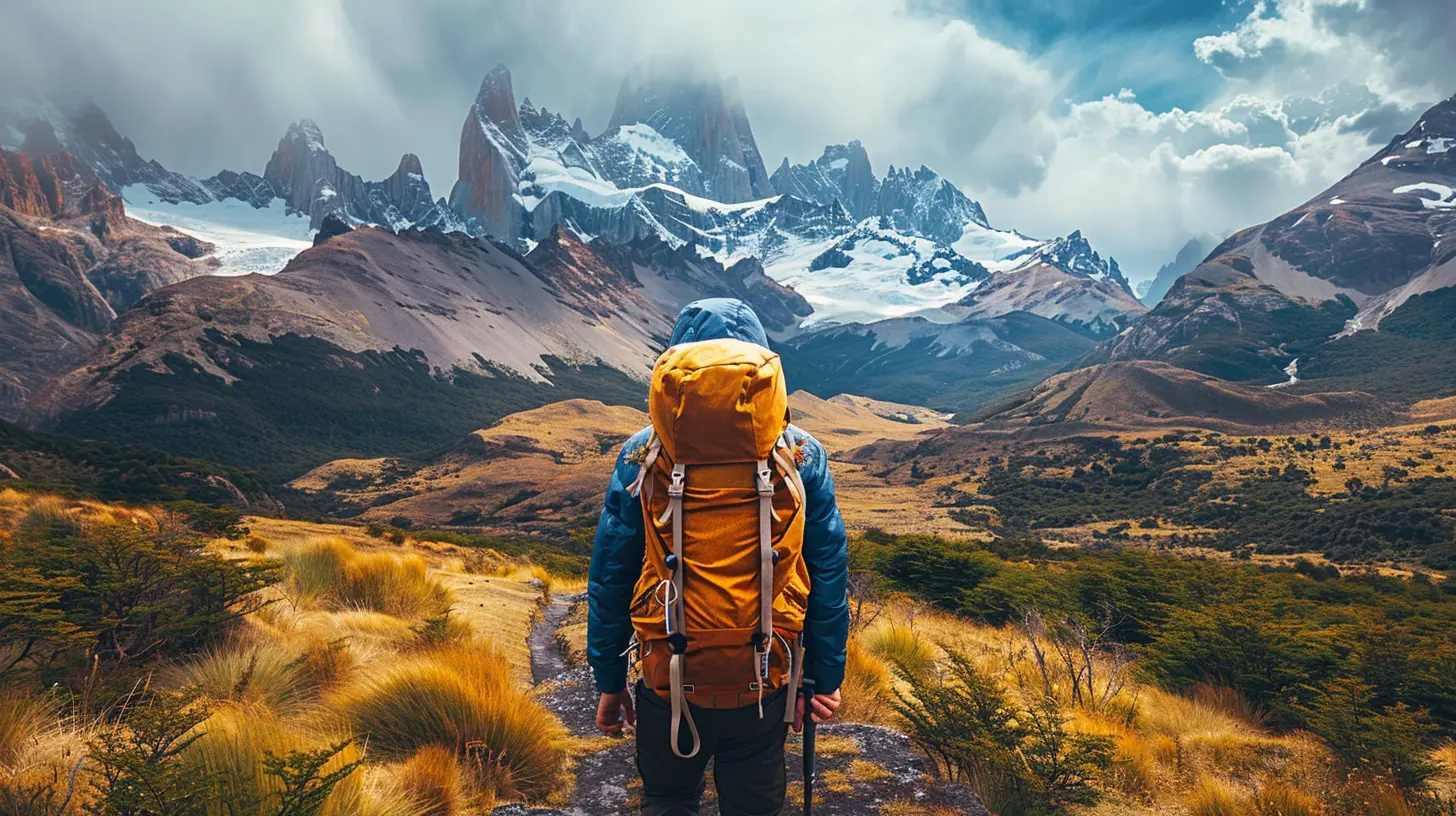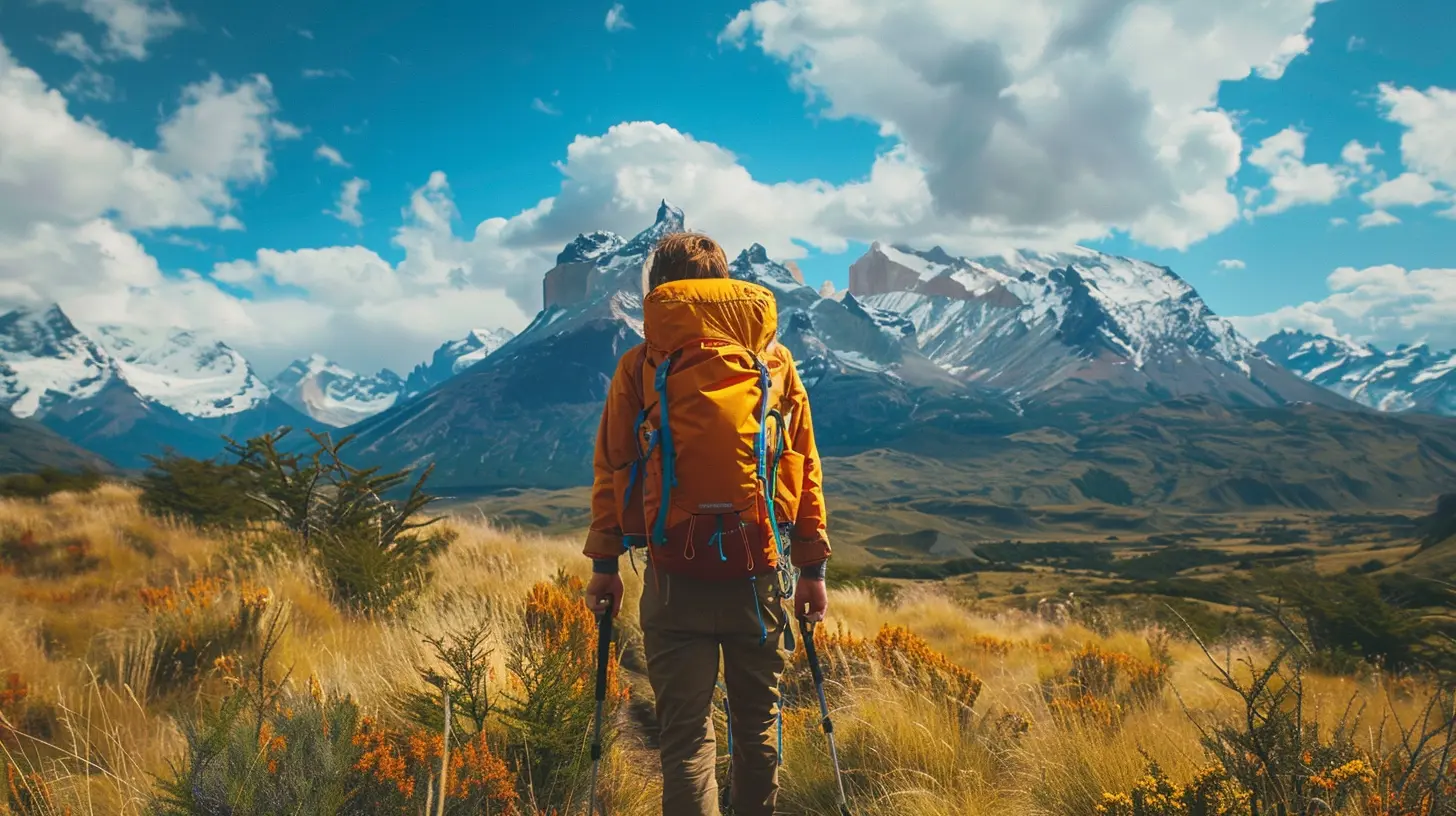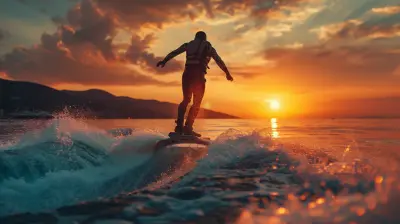Trekking Patagonia’s Torres del Paine: South America’s Best Kept Secret
23 September 2025
Alright, folks, let’s talk about a place that might just steal your breath—literally and figuratively. We’re diving into one of the planet’s most stunning and under-the-radar trekking paradises: Torres del Paine in Patagonia, Chile. If Machu Picchu is the prom king of South American adventures, Torres del Paine is the smoky-eyed indie rocker with cult status. It’s wild. It’s raw. And it’s about time more people started paying attention.
So lace up your boots, pack your sense of wonder, and maybe grab a wind-resistant jacket (trust me on this one)—because this ain’t your grandma’s trail walk.
Where on Earth Is Torres del Paine?
Let’s zoom in. Picture the southern tip of South America. Now go a bit south-er. Boom! You’re in Chilean Patagonia, a region with more glaciers than people and more guanacos than you’ll ever need to count.Torres del Paine National Park is the crown jewel here. It’s got razor-sharp granite towers, deep blue lakes that look photoshopped, and glaciers that creak like haunted staircases. The park is about a 3 to 4-hour drive from Puerto Natales, your gateway town that feels like the last pitstop before you fall off the edge of the world.
Why Trek Here? Isn’t It Just A Bunch of Rocks?
Oh, ye of little faith.At first glance, yes—just rocks. But these rocks are icons. The actual “Torres del Paine” (Towers of Paine) are three spiky granite monoliths that look like they were designed by nature on an espresso high. They rise dramatically above a turquoise glacial lake, and yes, the hike to see them is absolutely worth the sweat and sore calves.
But wait, there’s more.
The park is a whole cosmic stew of ecosystems—snow-capped mountains, golden pampas, icy rivers, lush forests, and surreal glaciers. Where else can you spot a wild puma in the morning mist and eat freshly baked empanadas for lunch?
The Main Trails: W, O, and Q—What’s with the Alphabet Soup?
If trekking routes had personalities, Torres del Paine would be a family reunion of colorful, eccentric cousins.The W Trek
Let’s start with the W, the park’s most famous route. It's named for the zigzag shape the trail makes on the map. We’re talking about:- ~70 kilometers (43 miles)
- 4 to 5 days
- Moderate-effort level (you will sweat, but you’ll also smile)
This trek hits the major highlights: the Base of the Towers, French Valley, and Grey Glacier. It’s your greatest-hits album of Torres del Paine.
The O Circuit
Feeling tough? Bring on the O Trek. This one circles the entire Paine Massif.- ~130 kilometers (81 miles)
- 7 to 10 days
- Hardcore level (not for the faint of glute)
This route includes the same eye-candy as the W but adds remote backcountry that feels more like a National Geographic documentary than a hiking trail.
The Q Route
And then there’s the Q—a longer version of the O for people who like to go the extra mile… literally.If you walk the Q, you start from the very bottom of the park rather than jumping straight to the good stuff via a ferry. It’s like ordering the chef’s tasting menu instead of just the appetizers.
Let’s Talk Weather: Patagonia’s Famous Temper Tantrums
Weather here is like a toddler with no nap—completely unpredictable and a little dramatic. You might get sunburned, soaked, and snowed on in a single afternoon. And wind? Oh, buddy. Patagonia’s wind doesn’t whisper; it screams. It’ll slap your hat off and laugh about it.The best time to go is during the Southern Hemisphere's summer: November to March. But even then, you’ll want to pack for all four seasons. Because, yes, it can snow in January. Patagonia does what it wants.
What to Pack: AKA Don’t Be That Guy
Forget fashion. This is survival-chic. Your packing list needs to include:- Waterproof everything: Jacket. Boots. Backpack cover. Even your soul.
- Layers, layers, and more layers: Think onion, not banana.
- Blister protection: Trust me, your feet will weep without it.
- Headlamp: Because peeing at 2 AM in the Andes is a real thing.
And for the love of all things wild, please don’t show up with jeans and Converse. This isn’t a music festival—it’s Patagonia.
Sleeping Options: Campsites, Refugios, and Wild Dreams
Torres del Paine isn’t just a pretty face; it’s got options.Camping
Go full rugged. Many campsites are nestled in insane locations—think beneath cliffs or beside glacier-fed streams. Some are basic, others have hot showers. (Yes, you heard right—hot water in the wilderness.)Refugios
Refugios are mountain huts that are basically dorms with soul. They serve warm meals, have bunk beds, and are full of trekkers swapping stories over boxed wine.Fancy Schmancy Glamping
Yup, there’s even high-end eco-lodges with jaw-dropping views and gourmet meals. If you’ve got the cash and want to feel pampered after each day’s trek, Patagonia can be posh.What Makes It Special? The Soul of the Trail
You know how some places change you? Torres del Paine does that without saying a word.It’s got this pulse. The mountains look ancient and wise, like they’ve seen everything and still choose to stand tall. The glaciers crack as if whispering secrets. The wind? It seems to push you forward. Every step feels like a conversation with the wild.
There are places in the world that feel curated, like a theme park with tickets and lines. Torres del Paine is not one of them. It’s untamed, unfiltered, and totally unapologetic. That’s rare. That’s magic.
Wildlife Encounters: Not Just a Pretty Landscape
You didn’t come all this way just to look at rocks and ice, did you?- Guanacos: Mini llamas with attitude. They're everywhere and kind of adorable.
- Condors: Massive birds that look like flying carpets.
- Foxes, owls, flamingos (yes, really): The park is a wildlife buffet.
- Pumas: You’ll probably never see one… but knowing they’re out there adds some primal spice to your camping experience.
Just don’t feed anything. Not even that one guanaco who looks like he’s judging your trail mix.
Food on the Trail: Gourmet or Granola?
Alright, we’ve gotta talk trail food.If you're camping, you're probably eating like a squirrel—nuts, dried fruit, pasta, and maybe a Snickers bar as a special treat. Not exactly “MasterChef,” but it’ll fuel your fire.
Refugios usually offer hot meals—soups, stews, even the occasional pizza. And wine. Bless Patagonia for not forgetting wine.
And if you opt for a guided trek? You might be surprised with meals that'll make your taste buds sing—quinoa salads, grilled meats, local cheeses. It’s like your stomach is on its own vacation.
Sustainability Matters: Leave No Trace, Folks
Let’s be real for a second. Torres del Paine isn’t your playground; it’s a living, breathing wilderness. So respect it.That means:
- Pack out all your trash.
- Stay on marked trails (even if that juicy shortcut looks tempting).
- Don’t pick the wildflowers.
- Don’t feed the animals.
- And for the love of eco-consciousness, use the designated toilets.
Future trekkers thank you. Nature thanks you. Your karma thanks you.
The Takeaway: Should You Go?
Short answer? Heck yes.Long answer? If you’ve ever felt the itch to disconnect from the world and reconnect with yourself, Torres del Paine is your shot. It’s raw nature with a touch of adventure drama. It’s the kind of place that makes you feel small in the best possible way. And while it’s still considered a “best kept secret,” we both know that won’t last forever.
So go. Before the crowds do. Before the towers erode (which, okay, might take a few million years, but still). Before you talk yourself out of it.
Your soul—and your future Instagram feed—will thank you.
Pro Tips Before You Hit the Trail
- Book early: Campsites and refugios do sell out, especially in peak season.- Train your body: A few weekend hikes before your trip will go a long way.
- Hydrate: Glacial water tastes like angel tears, but always filter it just in case.
- Learn a bit of Spanish: Even a “Hola” goes a long way with locals.
- Don’t forget your camera: But don’t see everything through a lens either.
Take it all in. The wind. The silence. The grandeur.
Torres del Paine isn’t just a destination—it’s an experience, a story you’ll tell for years. And maybe, just maybe, South America’s best kept secret is the one chapter your travel book has been missing.
all images in this post were generated using AI tools
Category:
Must See LandmarksAuthor:

Tracie McAdams
Discussion
rate this article
1 comments
Abigail Williams
Patagonia's Torres del Paine is like nature’s ultimate playground! With breathtaking views, adorable llamas, and endless trails, it’s the secret adventure your Instagram has been waiting for. Grab your hiking boots and let the fun begin!
September 25, 2025 at 3:31 AM

Tracie McAdams
Absolutely! Torres del Paine is a stunning gem for adventure seekers—perfect for those looking to connect with nature and capture unforgettable moments!


